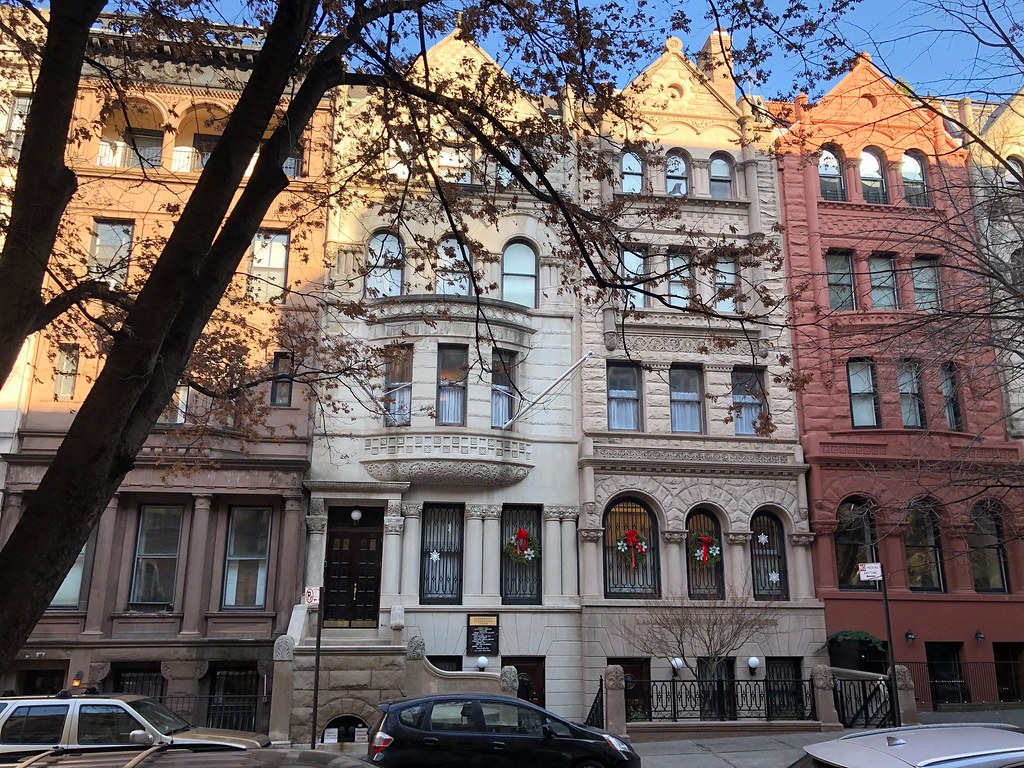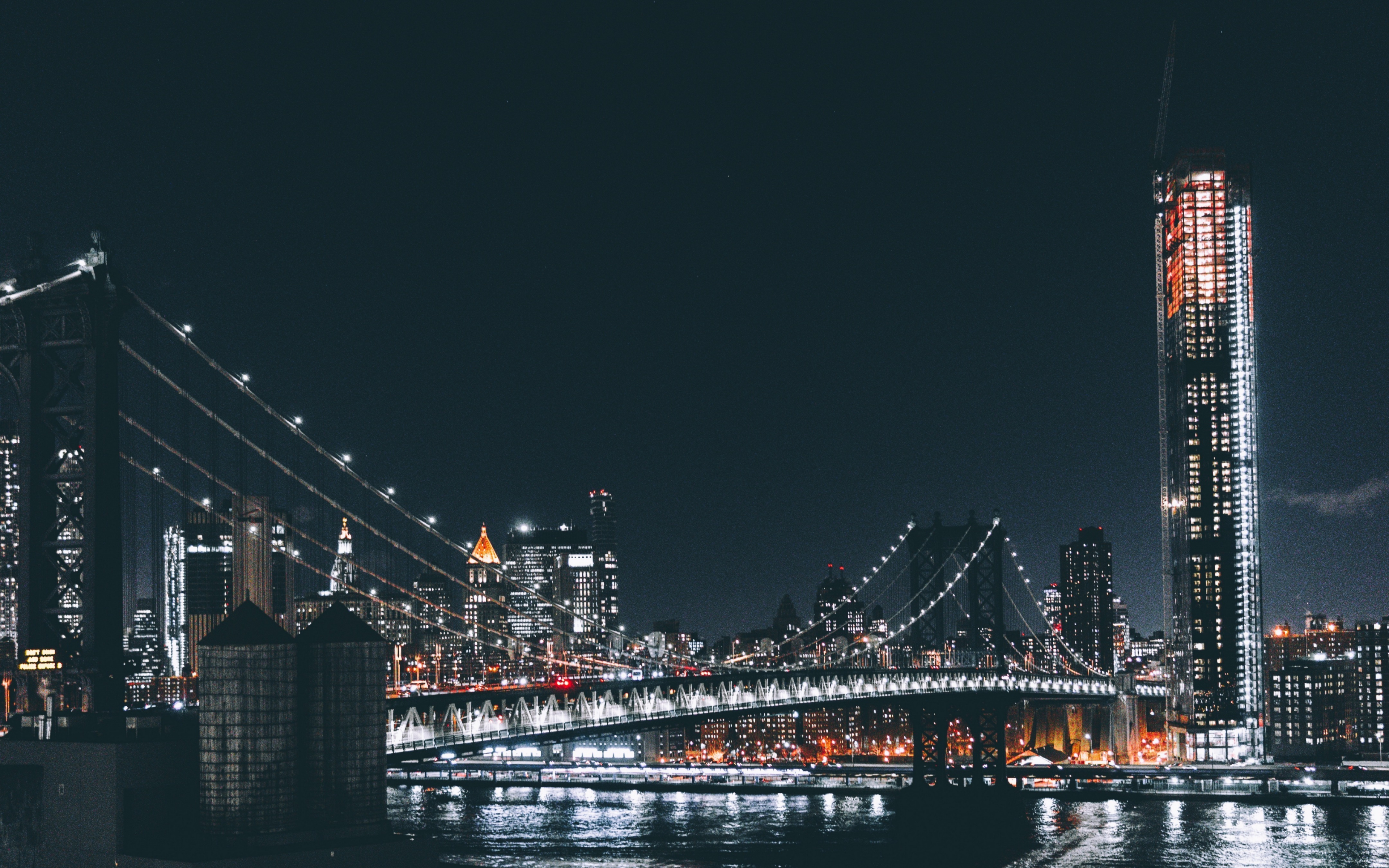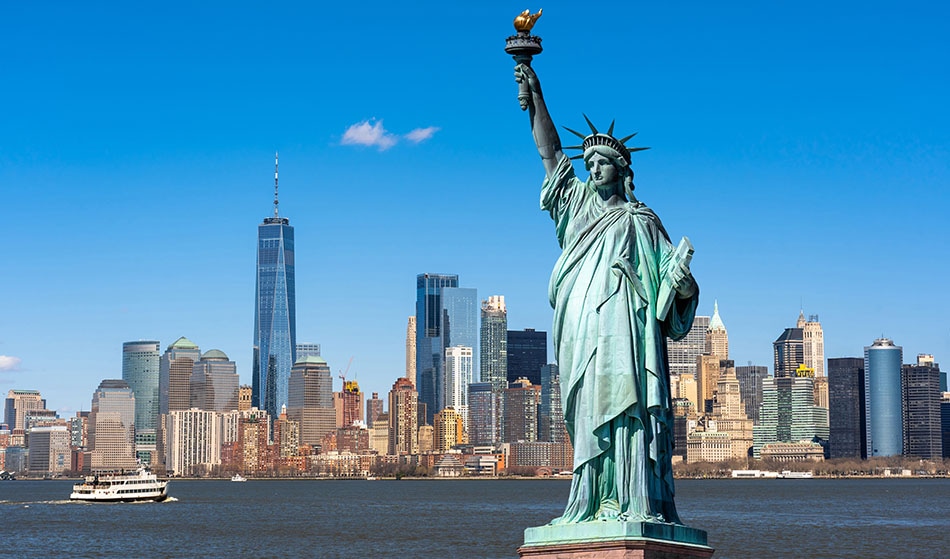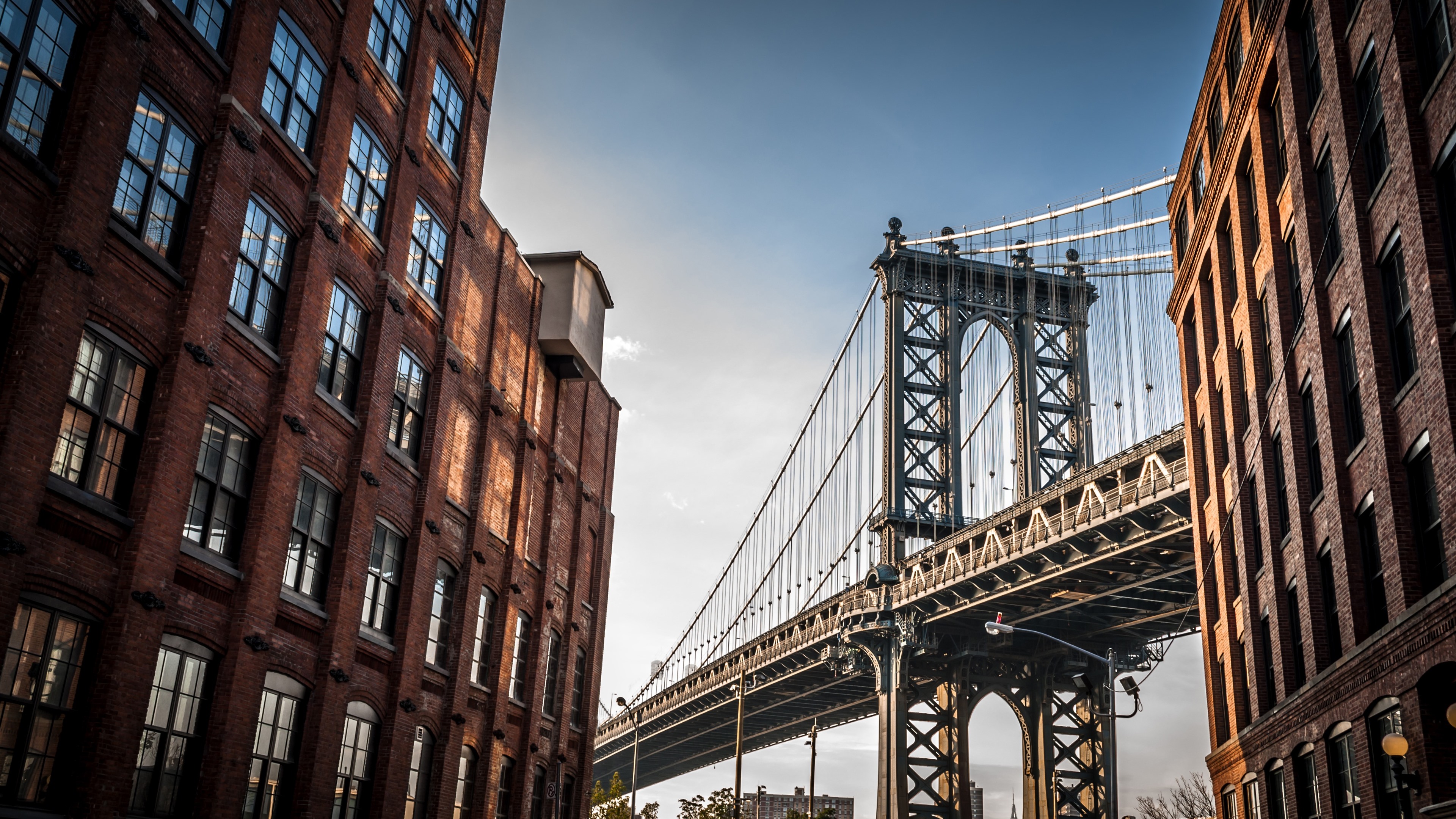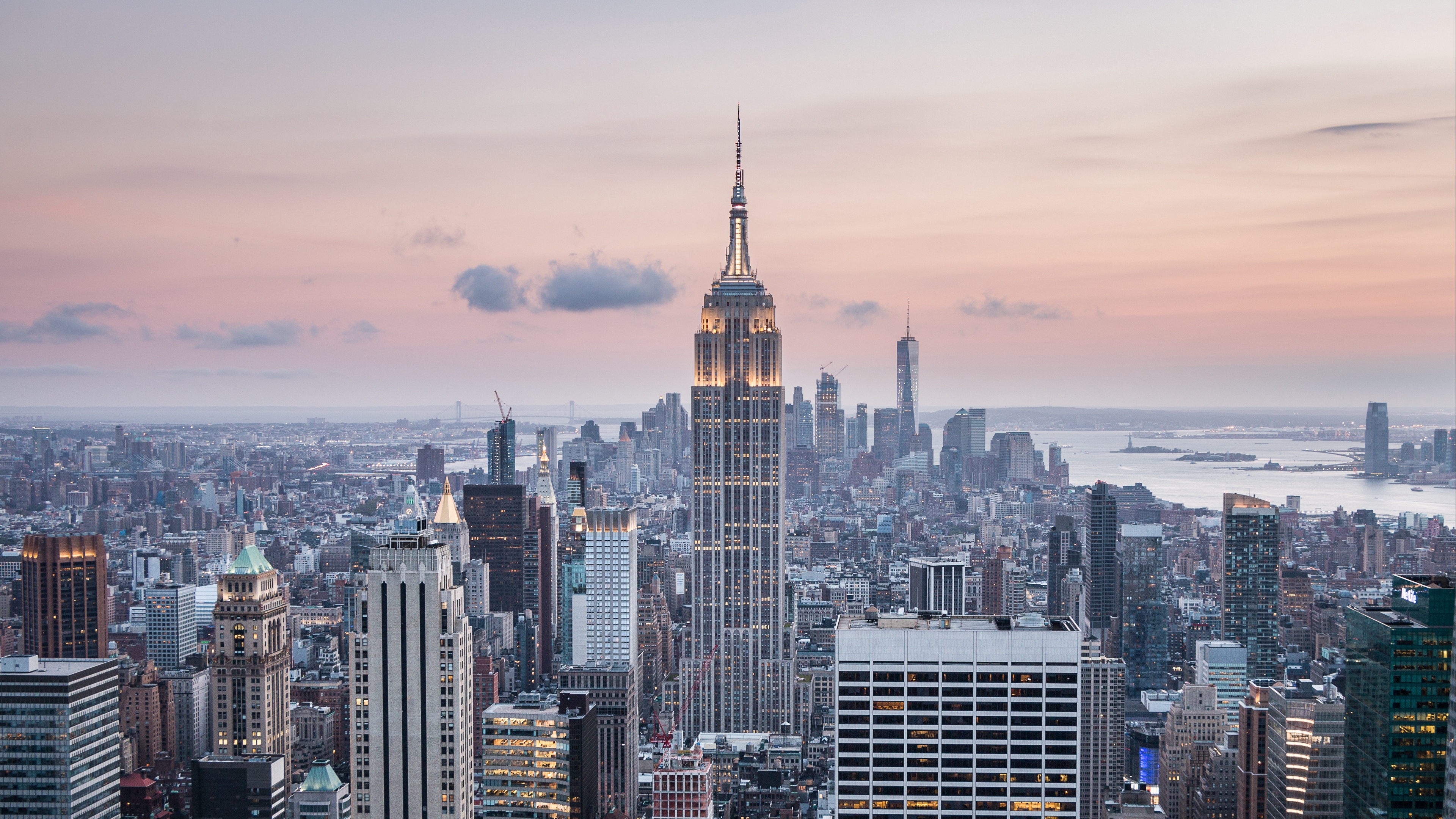Venue & Hospitality
City Highlights
About City
New York City, officially the City of New York, historically New Amsterdam, the Mayor, Alderman, and Commonality of the City of New York, and New Orange, byname the Big Apple, city and port located at the mouth of the Hudson River, south-eastern New York state, north-eastern U.S. It is the largest and most influential American metropolis, encompassing Manhattan and Staten islands, the western sections of Long Island, and a small portion of the New York state mainland to the north of Manhattan. New York City is in reality a collection of many neighbourhoods scattered among the city’s five boroughs—Manhattan, Brooklyn, the Bronx, Queens, and Staten Island—each exhibiting its own lifestyle. Moving from one city neighbourhood to the next may be like passing from one country to another. New York is the most populous and the most international city in the country
New York is the most ethnically diverse, religiously varied, commercially driven, famously congested, and, in the eyes of many, the most attractive urban centre in the country. No other city has contributed more images to the collective consciousness of Americans: Wall Street means finance, Broadway is synonymous with theatre, Fifth Avenue is automatically paired with shopping, Madison Avenue means the advertising industry, Greenwich Village connotes bohemian lifestyles, Seventh Avenue signifies fashion, Tammany Hall defines machine politics, and Harlem evokes images of the Jazz Age, African American aspirations, and slums. The word tenement brings to mind both the miseries of urban life and the upward mobility of striving immigrant masses. New York has more Jews than Tel Aviv, more Irish than Dublin, more Italians than Naples, and more Puerto Ricans than San Juan. Its symbol is the Statue of Liberty, but the metropolis is itself an icon, the arena in which Emma Lazarus’s “tempest-tost” people of every nation are transformed into Americans—and if they remain in the city, they become New Yorkers.
Venue
New York, USA

